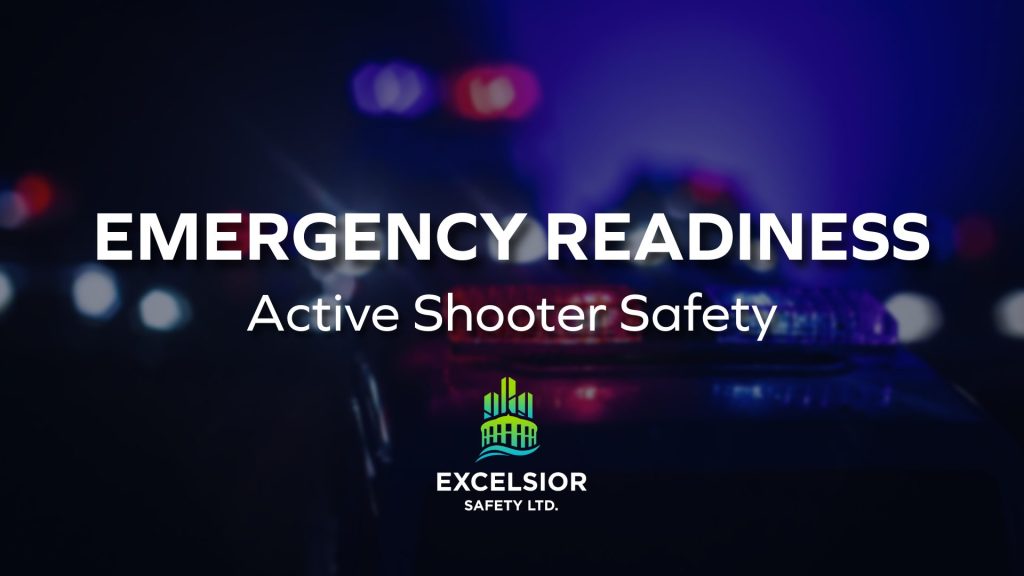
Active shooter incidents are fast-moving and often over before law enforcement arrives. According to the Department of Homeland Security (DHS), the average active shooter event lasts about 10-15 minutes (DHS, Active Shooter Booklet). Without proper safety protocols and emergency training, employees may be left vulnerable. Being proactive about safety planning is key to reducing casualties and ensuring a structured response.
Key Safety Elements of an Active Shooter Emergency Response Plan
A strong safety-first approach should include:
1. Risk Mitigation & Prevention
- Conduct thorough safety risk assessments to identify vulnerabilities.
- Develop and enforce a workplace violence prevention policy to address concerns before they escalate.
- Encourage employees to report safety threats or suspicious behaviors
- Implement physical security measures such as access control systems, reinforced doors, surveillance cameras, and emergency exits.
2. Safety Training & Drills
- Conduct active shooter safety drills to familiarize employees with emergency actions.
- Educate employees on the Run, Hide, Fight safety protocol:
- Run – Evacuate safely if possible, using pre-identified exit routes.
- Hide – Find a secure location, barricade doors, silence mobile devices, and stay low.
- Fight – As a last resort, use available objects to disarm or distract the attacker.
- Train your team to recognize early warning signs of potential workplace violence.
3. Emergency Communication Plan
- Establish a real-time emergency alert system to inform employees of active threats.
- Use discreet communication methods like digital alerts or code words to notify employees.
- Ensure all team members are aware of emergency contact numbers and reporting protocols.
4. Coordination with Emergency Responders
- Partner with local law enforcement and emergency services to develop a response strategy.
- Share building blueprints and safety protocols with first responders to enhance response time.
- Designate a safety manager or emergency coordinator to communicate with law enforcement.
5. Post-Incident Safety & Recovery
- Establish a business continuity plan to address workplace safety following an incident.
- Provide mental health support and counseling for employees affected by the event.
- Conduct post-incident safety debriefs to evaluate response effectiveness and improve future plans.
While no one wants to imagine an active shooter event, safety preparedness is a non-negotiable responsibility for every business and job site. Proactive planning, safety training, and coordination with emergency responders can significantly improve workplace security and minimize risks.
